mobile mesh
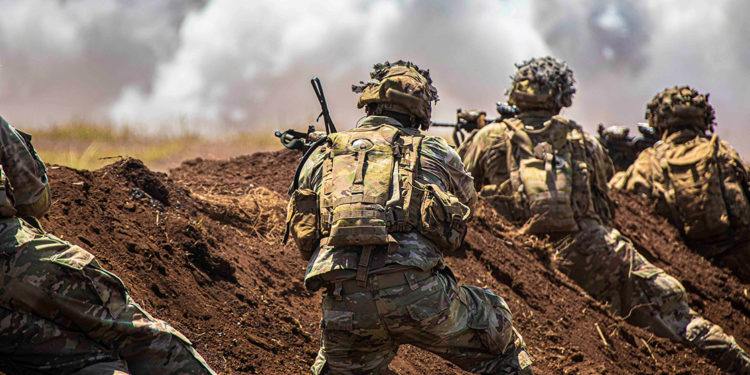
Discussions at LANPAC Symposium highlight need for integrated, secure comms
Last month, the goTenna team had the opportunity to attend the Land Forces Pacific (LANPAC) Symposium, an annual event in Honolulu that connects military leaders, defense officials, and industry partners from across the Indo-Pacific region. More than just a conference, LANPAC is a strategic touchpoint—designed to align coalition land forces,
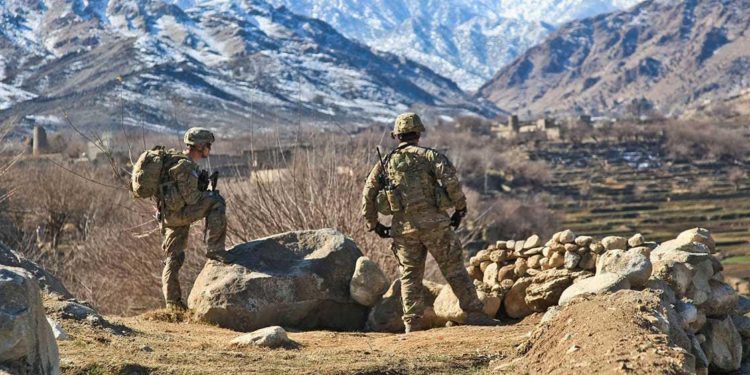
Streamlining collaboration and enhancing mission security for TAK
Earlier this week, it was announced that Mattermost, a leader in secure collaboration for mission-critical work in complex environments, has completed its $1.25 million Small Business Innovation Research (SBIR) Phase II contract. This contract delivers mission-critical ChatOps capabilities for the Air Force Research Laboratory’s (AFRL) Tactical Assault Kit (TAK) and
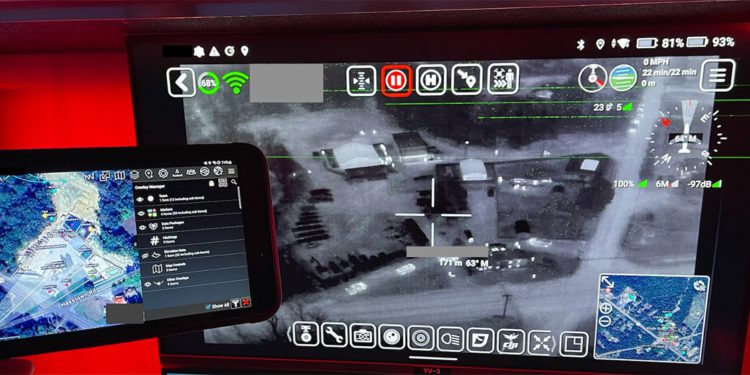
Mobile mesh technology aids New Jersey State Police raid of dog fighting ring
Effective communication and coordination can be the difference between success and failure in law enforcement missions, particularly in tactical operations such as fugitive apprehensions or busting criminal rings. In recent years, the integration of mobile mesh networking technology has revolutionized the ability of law enforcement agencies to maintain full situational
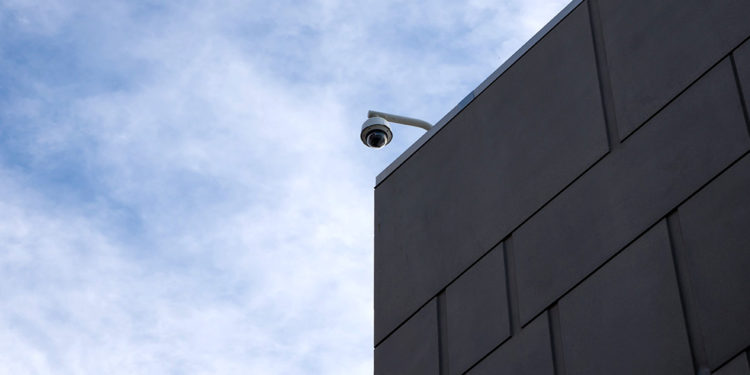
Is mobile mesh networking the solution for embassy security?
The United States operates more than 250 embassies and consulates across the globe. Stationed within these embassies and consulates are State Department employees and United States diplomatic personnel responsible for assisting American citizens abroad and playing an essential role in international relations and U.S. foreign affairs. U.S. ambassadors and diplomats
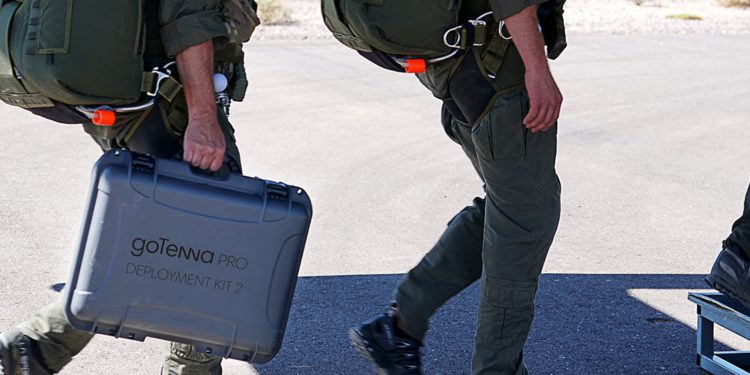
Tracking specialized freefall units: goTenna and ATAK connect military freefall operators during infiltration
With hundreds of pounds strapped to their backs, one hundred mile winds tossing them around mid-air, and the thick blanket of night impeding their view, military freefall operators have less than a minute to act. In those few seconds, any decision they make could result in the success or failure
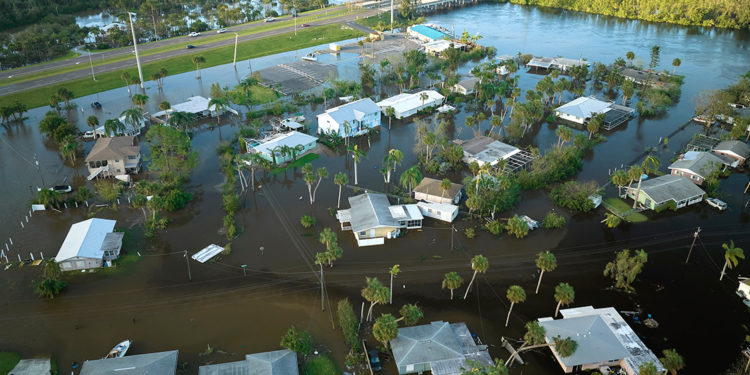
Connecting emergency response organizations in an intensifying hurricane season
Late last month, Hurricane Idalia ripped through the Gulf Coast of Florida, causing more than an estimated $4B in damages and impacting remote locations of the state where both rescue operations and disaster recovery operations can take longer to execute. This hurricane also tore across an area of Florida –

Can mobile mesh networks like goTenna’s be hacked?
In an era of increasing reliance on interconnected critical infrastructure systems, safeguarding power grids, gas pipelines, and transportation networks has never been more vital. These systems are often vulnerable to malware and other malicious hacking methods. Most recently, Dutch researchers from cybersecurity firm Midnight Blue have identified vulnerabilities in the
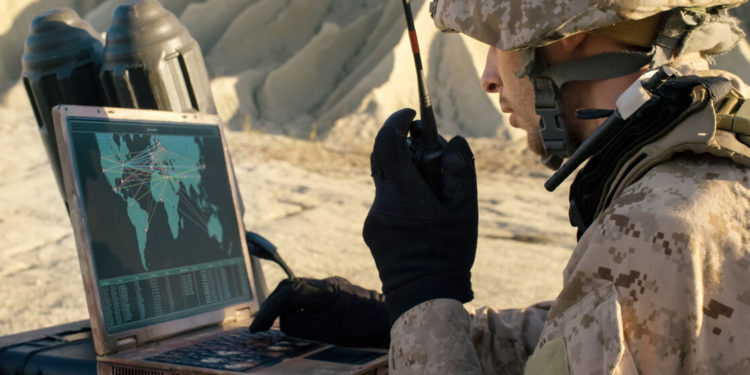
Discussions at C4ISRNET Conference show need for resilient, dependable comms
As the U.S. military faces increasingly sophisticated threats, they need reliable and secure networks that can deliver increased capability and functionality, realtime intelligence, and up-to-the-minute situational awareness to every warfighter, regardless of their location or which domain they’re operating in. This requirement has been the impetus for ongoing Department of
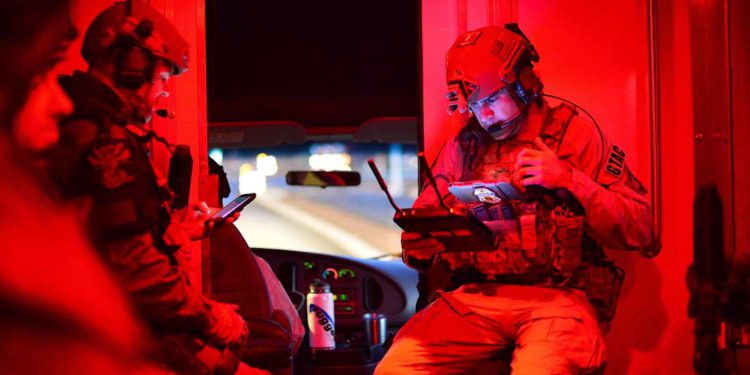
Leveraging mobile mesh to help AMO detect, identify, and interdict threats to US border security
In our last article on The Last Mile, we took a detailed look at the dangers U.S. Customs and Border Protection’s (CBP) Office of Field Operations (OFO) officers face along the country’s maritime borders and at its ports of entry. We also explored the logistical, operational, and communications challenges they
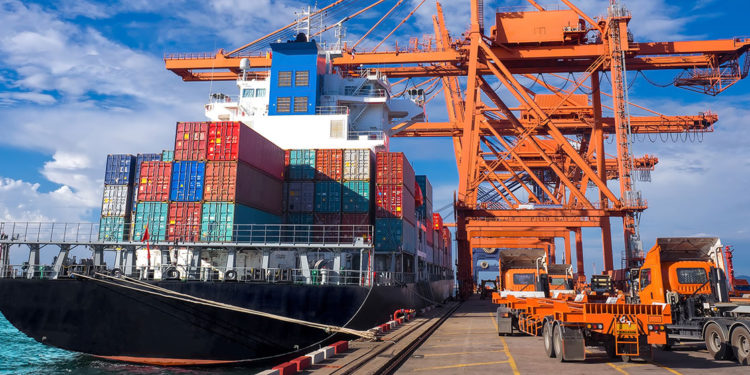
Keeping CBP field officers safe along maritime borders and ports of entry
If asked where the U.S. Customs and Border Protection agency (CBP) predominantly operates, most Americans would immediately respond, “The southern border.” That’s because there is no lack of movies, news reports, and television shows that have depicted America’s southern border as a lawless area constantly being traversed by smugglers and



